While playing games that need multiple monitors to explore the proper experience, you might have seen the monitors you are viewing are slightly curved inside. If you have a triple monitor setup, you may have suffered from the angles of the monitors.
To solve this issue, Nvidia released new GPUs with a stunning technology called the Simultaneously Multi-Projection technique that allows the monitors to display everything accurately on multiple displays. As I have already used it, let me give you an overall idea.
What does simultaneous multi-projection do?
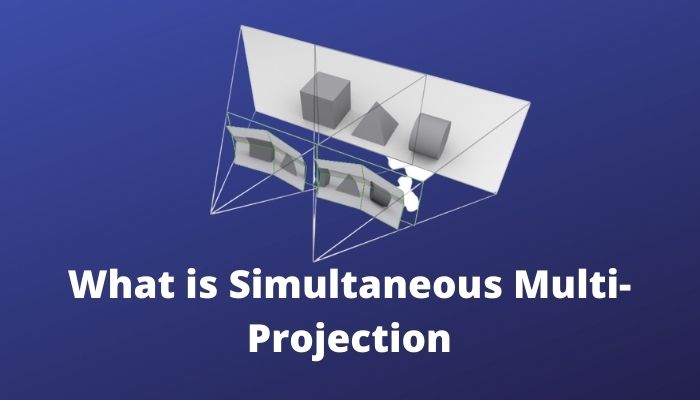
Keep reading the article as I will share everything about Simultaneous Multi-Projection with you.
Check out the Easy Fixes For Motherboard Can’t Detect Monitor.
The Simultaneous Multi-Projection Engine
In 2016, Nvidia released it’s widely popular GTX 1080 series of GPUs that revolutionalized the gaming world upside down. For people who face difficulties using a multi-monitor setup during the gaming session, this tech was brought to mass people by Nvidia.
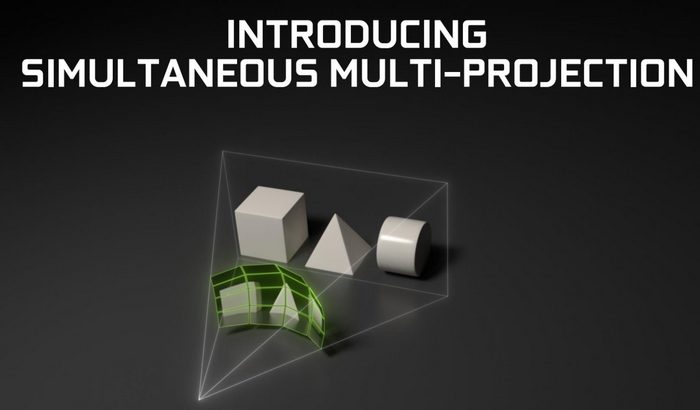
Nvidia wanted to make a more seamless experience during the gaming session for the gamers. This Simultaneous Multi-Projection engine was built for gamers who use a triple monitor setup for their gaming fantasies and are passionate about games from the heart’s core.
With this Simultaneous Multi-Projection tech, multiple monitors can be more beneficial for versatile gaming, and more exciting games can be unlocked with various new experiences. Gamers will have a new dimension in the gaming experience.
Have some time to spare? Check out our latest fix for Use Mouse On Second Monitor While Gaming.
Usecase of Simultaneous Multi-Projection
While playing the game, the user prefers to angle the outside monitors toward him, making an angle distortion. For example, if a person uses a triple-monitor setup, this setup will be configured to be angled in towards the person himself.
But the video games, the innocent games, are not aware of this distorted view or the angles of the monitors. This is a user’s preference to choose whether he will angle his monitors or not. But the video games are not built keeping that in mind.
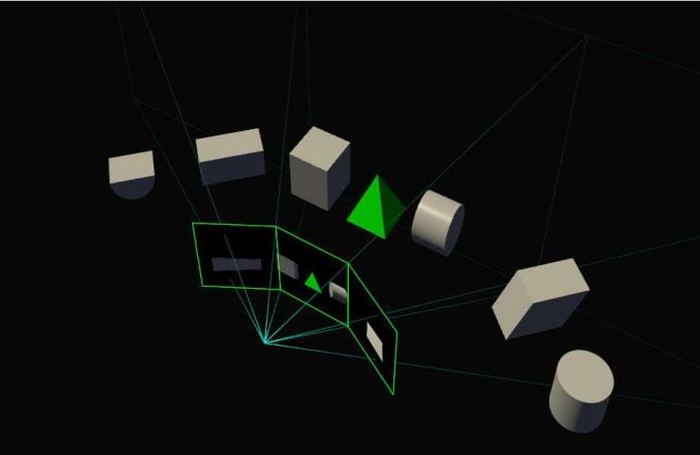
Because of this lack of awareness, the game simply considers the multi-monitor setup as a single flat screen. Considering multiple screens, one single screen makes the user experience worse than we can think about.
This causes distortions in gaming visuals and makes the scene very much unrealistic. You might also miss some scenes and elements in the gaming world because of these kinds of distortions.
To eradicate these distortion issues, the Simultaneous Multi-Projection engine was built and brought up to the masses by Nvidia back in 2016. Simultaneous Multi-Projection lets the games know the angles of the monitor set by the user that the game can show the visuals practically.
Simultaneous Multi-Projection’s primary purpose was to represent the gaming world more realistic for the users. Gamers are the primary targeted audience for this tech. Simultaneous Multi-Projection technology allows in-game visuals to be distorted, and gamers can see all the elements in the video game world.
Check out our separate post on How to Set Monitor to 144hz.
Necessity vs. Reality in Simultaneous Multi-Projection
One user would pick the GPU with a Simultaneous Multi-Projection engine to explore the broader and widen the experience of that game. Gamers often use a multi-monitor setup to enrich their visual experiences to the top.
But often, the multi-monitor setup gives you a distorted view, and this is where the Simultaneous Multi-Projection engine comes in. A simultaneous Multi-Projection engine works on a projection technique, and it creates multiple viewports to match the angles of the monitors. Creating virtual images of the various camera angles impacts the performance.
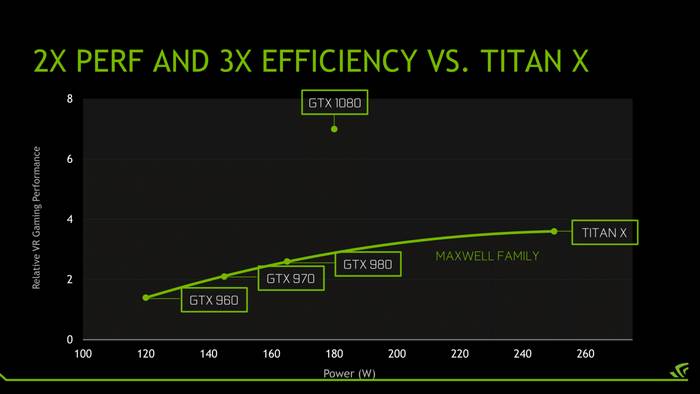
There might be a question arising in your mind as to why the performance would drop here. This is because now all the three monitors are being rendered thrice and separately, and the GPU needs to render the same image thrice to show all the angles around all three monitors simultaneously.
With Simultaneous Multi-Projection enabled, GPU needs to render all the geometry, lighting, and shading tasks multiple times for the same game to visualize the more natural camera angles for the various monitors. This is a power-intensive task that puts GPU under much pressure and as a result, performance drops slightly.
One of the essential critical factors of the rendering here in the game is rasterization. It is a process of mapping values to individual pixels on the monitors. This thing also gets into work while the Simultaneous Multi-Projection engine works.
Follow our guide to fixing Monitor and Lower CPU GPU Temp.
Simultaneous Multi-Projection in Virtual Reality VR Set
In virtual reality headsets, Simultaneous Multi-Projection can be taken into work in two ways: Single Pass Stereo and Lens Matched Shading. Single Pass Stereo works like creating a new viewport as the secondary one. This method does not angle the viewport; differently, it just shifts the viewport to the X-axis to match the eyesight focal point.
And the Lens Matched Shading works differently. In this method, VR lenses are divided into up to 9 to 16 viewports virtually to decrease the pressure inside the GPU, and dividing into so many viewports works well for the GPU.
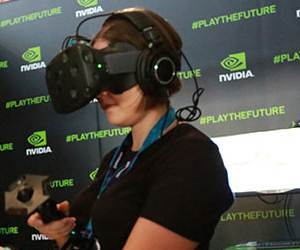
But it lacks the supreme video quality, or you can say the image quality you should be getting from the scene; now you won’t be getting that. Some pixels are cut down to reduce the GPU’s stress and let it run more freely. Lens Matched Shading does not allow the GPU to render unnecessary pixels and cut them down to boost the performance.
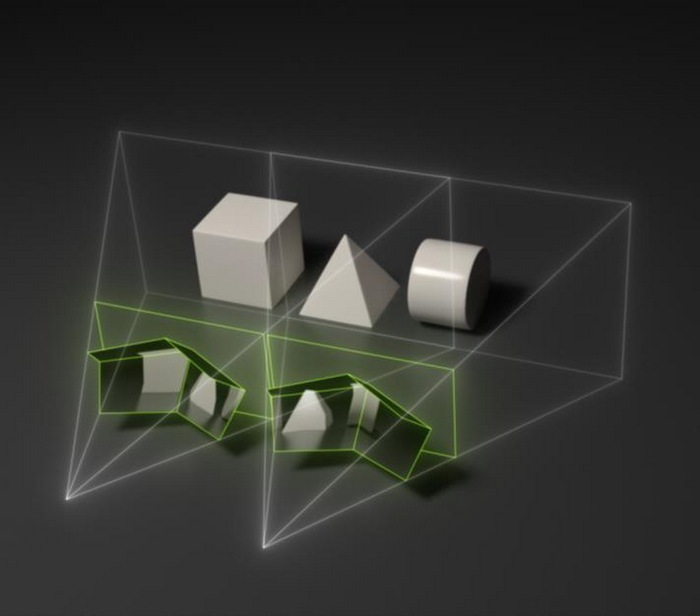
Follow our guide to Fix CPU Fan Not Detected in BIOS.
Implementation Lackings
Simultaneous Multi-Projection is a beautiful technique to play and enjoy games more seriously. Enjoying games on multiple screens is a pleasure to the eye, and this vivid experience gives you goosebumps.
But this kind of multiple monitors setup is a fraction of the actual gamers market. The percentage of multiple monitors using gamers is quite low. As a result, game developers feel that integrating SMP tech would be an unprofitable business.
Yes, Simultaneous Multi-Projection SMP is a thing that needs to be worked on by game developers too. Nvidia can not change the whole game alone, and game developers also need to stand firm with the technology.
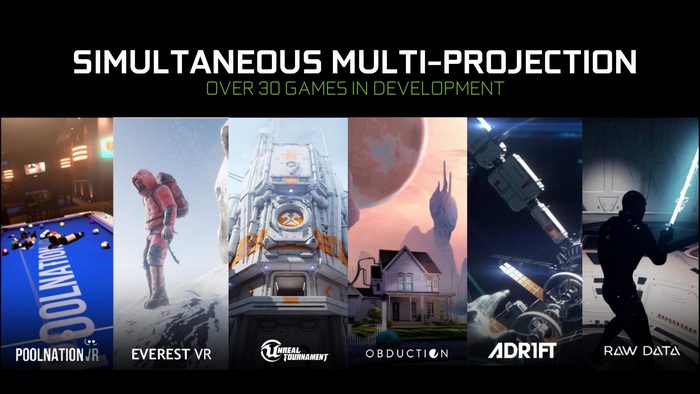
The Simultaneous Multi-Projection technology has been implemented knowingly only one single game called iRacing, which is all about car racing. This game has implemented the Simultaneous Multi-Projection engine properly from which the gamers can take advantage of three monitors.
The angles in this game seem nice as it uses Simultaneous Multi-Projection technology. Users can take full advantage of the Simultaneous Multi-Projection engine in this game named iRacing.
Go through our epic guide on Will Motherboard Turn On Without CPU.
FAQ
What is SMP Nvidia?
This simple technology integrates Multi-Resolution Shading and Lens Matched Shading into a VR gaming environment.
Why do I need multi-projection SMP simultaneously?
SMP enables the games to visualize the whole scenario of the gaming world. In most cases, angling inwards the multi-monitor setup makes distortions in the viewing experience, and SMP eradicates the distortion and makes visuals more realistic.
How do you edge blend a projector?
Select two images with the same proportion and blend them by overlapping one above one of them.
What is a multi-projector?
Multiple projectors are used to create a maximized viewing area for the content.
How do I connect two monitors to a projector?
Right-click on the desktop, go into Display Settings, select Extended these Displays. Here you can connect two monitors to a projector.
When Nvidia introduced Simultaneous Multi-Projection?
Nvidia unveiled the technology back in 2016 with their GTX 1080 series GPUs.
Do check our latest post on the Does CPU Affect FPS Count.
Conclusion
The Simultaneous Multi-Projection technology is incredible when considered from a gamer’s perspective. Indeed Nvidia had unveiled a new vision in video games with this Simultaneous Multi-Projection engine. But due to lackings of implementation, a lower percentage of the user base, and the sustainability issue, this Simultaneous Multi-Projection technology never rose as it was dreamt about.
I hope this tech in games rises in the future and revolutionize the gaming sector heavily. Hopefully, this article helped you understand what Simultaneous Multi-Projection is and what it does. Leave your comments down below, and share this article with your acquaintances.




